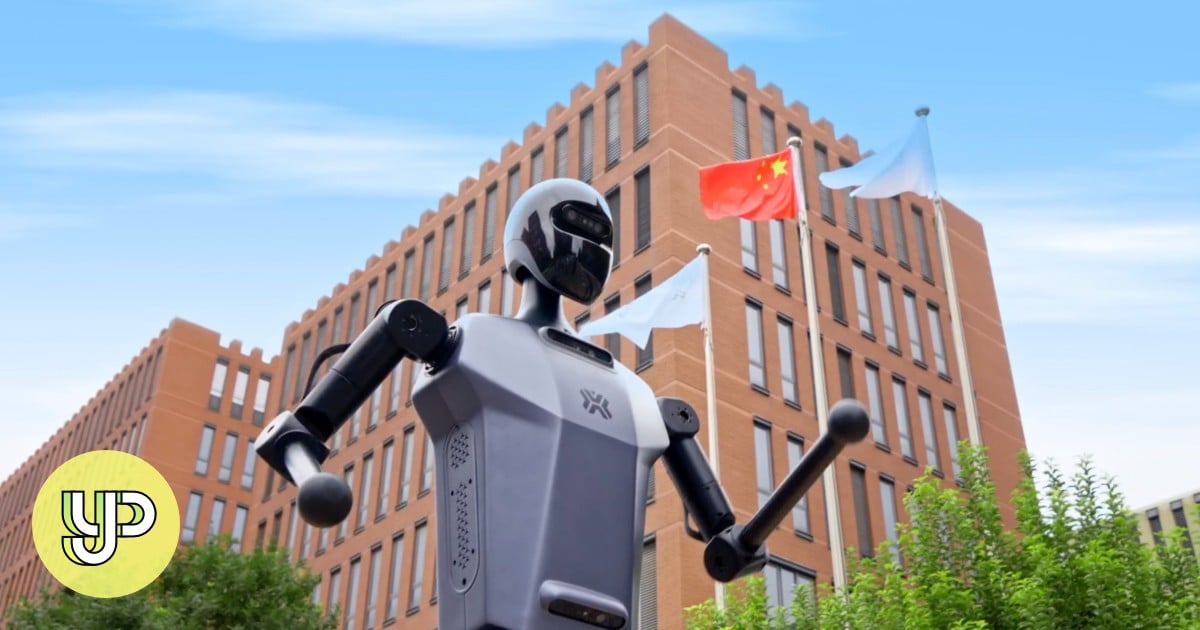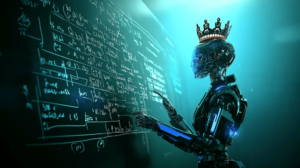Exploring the US and China’s Competition in Humanoid Robot Development

The Emergence of Humanoid Robotics in China and the US
Humanoid robotics has become a focal point of interest around the globe, with various countries vying for leadership in this innovative field. Currently, the United States and China are at the forefront of this "space race," although no single nation is yet able to claim complete dominance.
Technological Focus: US vs. China
In the United States, the emphasis is on cutting-edge technology and tackling complex technical issues. Experts like Xu Xuecheng, a leading scientist at the Zhejiang Humanoid Robot Innovation Centre, assert that American initiatives primarily aim to maintain a technological edge by exploring uncharted challenges.
Conversely, Chinese companies are concentrating on the practical application of humanoid robotics. According to Xu, the emphasis here is on how to amalgamate existing technologies for efficiency and real-world applications.
The Game-Changing Role of AI Models
Earlier this year, the landscape shifted with the introduction of DeepSeek’s R1 large language model (LLM). This breakthrough from a Chinese AI startup has made waves by matching the capabilities of models developed by American companies, like OpenAI, but at a significantly reduced cost. This may cause the US to reconsider its competitive strategy in the realm of artificial intelligence.
The Structure of Humanoid Robots
Humanoid robots are equipped with advanced systems that serve as their "brains," powered by artificial intelligence, machine learning, and various sensors. These components enable robots to analyze their surroundings and react accordingly. When combined with sophisticated “bodies” made from lightweight materials, these robots are capable of fluid, lifelike movement that mimics human actions.
Rising Manufacturing Trends in China
Many manufacturers have declared plans to commence mass production of humanoid robot models by 2025. Known as the “world’s factory,” China’s substantial manufacturing capacity has naturally extended into the realm of robotics. In fact, the International Federation of Robotics reported that by 2023, over half of all robot installations globally occurred in China, giving Chinese firms a significant edge in cost efficiency as they penetrate domestic markets.
However, the competitive landscape is tough. "Companies must keep their prices below 200,000 yuan (about HK$212,664) to ensure buyers are interested," explains He Liang, a professor at Northwestern Polytechnical University in Xi’an. Currently, many companies are struggling to make a profit and are primarily focused on quickly capturing market share, leading to what some have termed a "price war."
Competitive Pricing
Unitree, a robotics firm, has announced that its entry-level G1 model will be priced at 99,000 yuan (approximately HK$105,269), making it far more accessible compared to competitors that typically price their models around 500,000 yuan (about HK$531,661). Wang Xingxing, founder of Unitree, anticipates further cost reductions as production scales up.
Industrial Applications vs. Domestic Demand
Currently, most humanoid robots are used in industrial sectors such as manufacturing and logistics. However, there is growing interest in their application in consumer markets, particularly in elder care, a sector seen as highly promising. A notable event was when robots from Unitree captured public attention by dancing at China’s Spring Festival Gala, generating a buzz on social media around the potential for robots to assist with daily tasks in elderly care. Consumers expressed enthusiasm for robots that can perform chores, such as cooking and cleaning.
As China’s population ages—216.76 million people were aged 65 and older by the end of 2023—there is a pressing need for care solutions. This demographic shift has raised the question of whether humanoid robots might fill this gap, especially as the demand for affordable elder care increases.
Market Predictions
Experts predict this year will be transformative for the mass production of humanoid robots and their commercialization on a global scale. A report by Goldman Sachs projects that the humanoid robotics market could reach US$38 billion (about HK$295 billion) by 2035, illustrating the potential for growth in this sector.
Wang highlights the substantial market opportunities: if a suitable elderly care robot is priced around 50,000 yuan (HK$53,154) and even a fraction of the elderly population purchases one, the market’s value could skyrocket to 500 billion yuan (HK$531.5 billion).
While current robot technology is not yet equipped to provide complete elder care, ongoing advancements in AI hold the potential to refine these machines further, closing the gap to enable their practical use as caregivers in the not-so-distant future.



